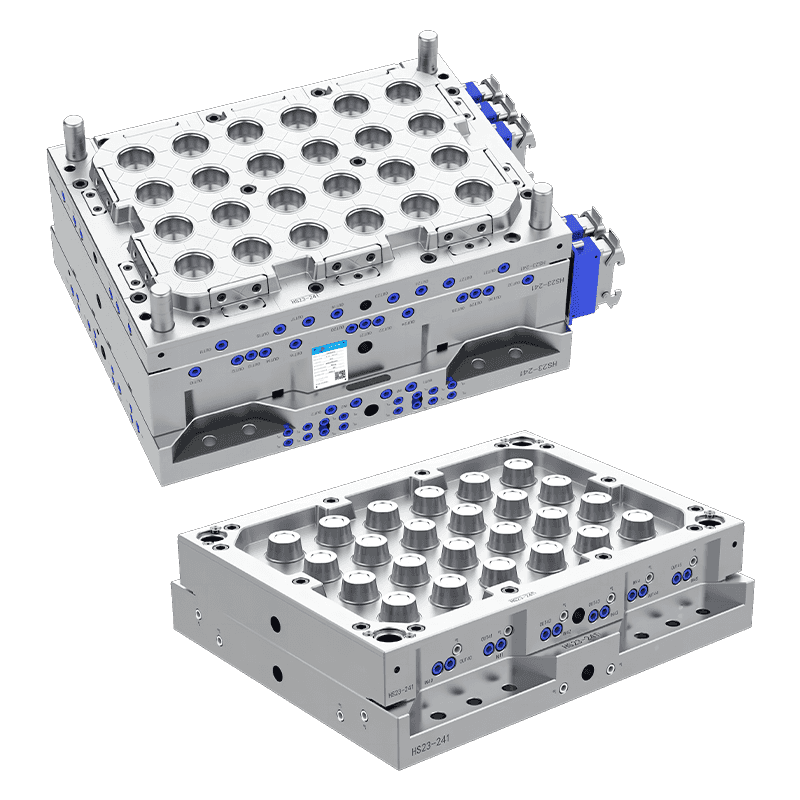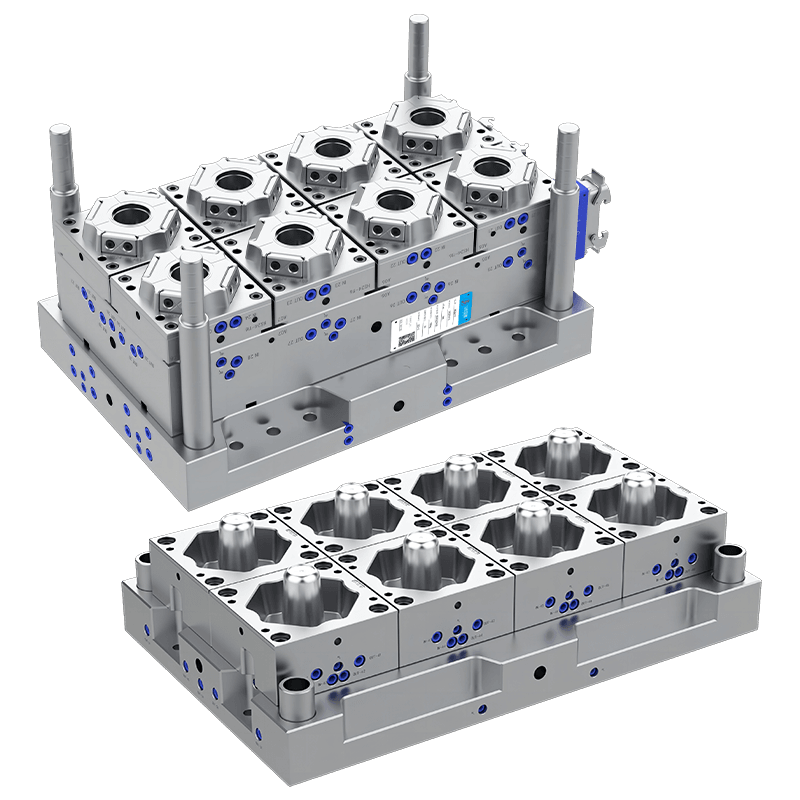How Does a Plastic PP Fork Injection Mold Work?
Plastic injection molding is a widely used manufacturing process that produces a variety of plastic items, including everyday utensils like forks. Among the different types of plastic used in this process, polypropylene (PP) is a popular choice due to its durability, flexibility, and cost-effectiveness. Understanding how a Plastic PP Fork Injection Mold works can provide insight into the efficiency and precision of this manufacturing method.
The process begins with the preparation of polypropylene pellets, which are the raw material for injection molding. These pellets are fed into the injection molding machine, where they are heated until they reach a molten state. The machine consists of a hopper, a barrel with a screw, and a nozzle. The screw inside the barrel moves the molten plastic towards the nozzle, which then injects the plastic into the mold cavity.
The mold itself is a crucial component in this process. A Plastic PP Fork Injection Mold is designed with cavities shaped like the final product—in this case, forks. The mold typically consists of two main parts: the core and the cavity. When the molten polypropylene is injected into these cavities, it fills the space and takes on the shape of the fork. Once the plastic has been injected, the mold is cooled to solidify the plastic.
After the plastic has cooled and hardened, the mold opens to eject the finished fork. The ejection mechanism, often consisting of pins or a plate, pushes the fork out of the mold cavity. This process is repeated for each cycle, allowing for the mass production of plastic forks with consistent quality.
Introduction to PVC Plastic Injection Moulding Manufacturer
PVC Plastic Injection Moulding Manufacturer is a common manufacturing technique used to produce various PVC products, from piping to consumer goods. PVC is favored for its versatility, durability, and resistance to environmental factors, making it suitable for a wide range of applications.
In PVC Plastic Injection Moulding Manufacturer, the process begins with the preparation of PVC resin, which is available in pellet or powder form. The resin is fed into the injection molding machine's hopper. Inside the machine, the PVC is heated until it reaches a molten state. The barrel of the machine contains a screw that continuously moves the molten PVC towards the nozzle.
Once the PVC is molten, it is injected into a pre-designed mold cavity. The PVC Plastic Injection Moulding Manufacturer is crafted to shape the PVC into the desired product, such as pipes, fittings, or other components. The mold typically consists of two halves: the core and the cavity. When the molten PVC is injected into the mold, it fills the cavity and takes on the shape of the final product.
After injection, the mold is cooled to allow the PVC to solidify. Cooling is essential to ensure the product maintains its shape and dimensions. Once the PVC has hardened, the mold opens, and the finished product is ejected. The ejection mechanism varies depending on the mold design but typically includes ejector pins or plates.
PVC plastic injection molding Manufacturer is known for its efficiency and the ability to produce complex shapes with high precision. It is widely used in industries such as construction, automotive, and consumer goods due to PVC's properties and the process's ability to create high-quality, consistent products.
Contact Us
Email: [email protected]; Or fill out the contact form below.

 English
English 中文简体
中文简体 русский
русский Español
Español Français
Français




